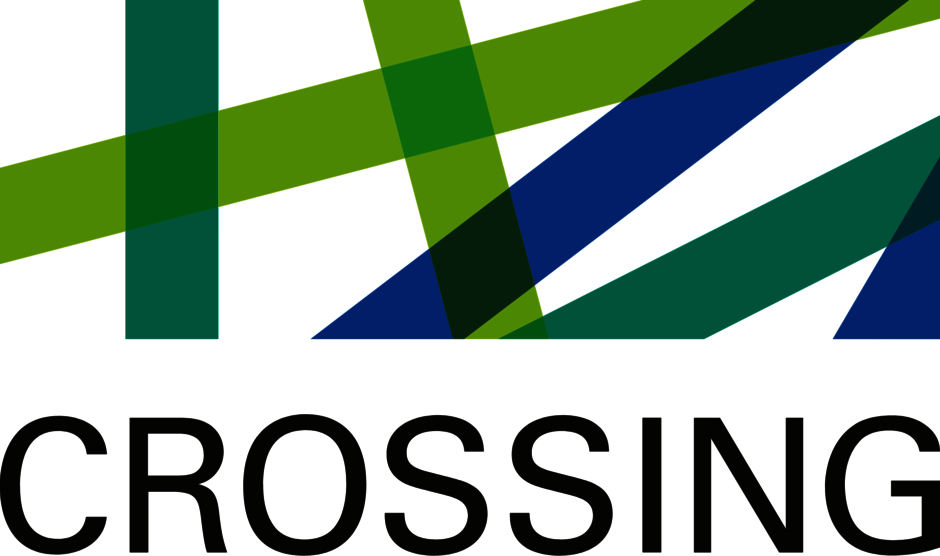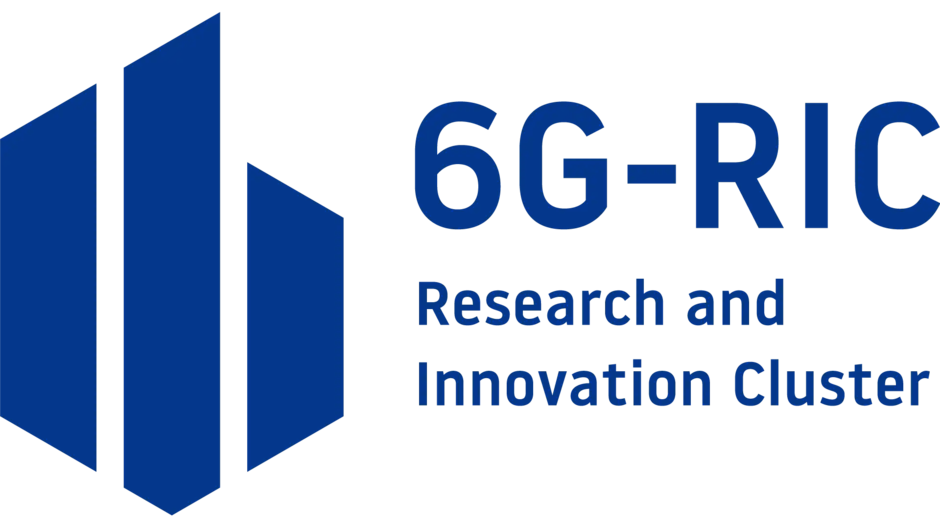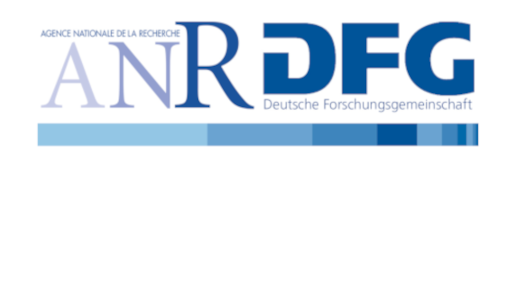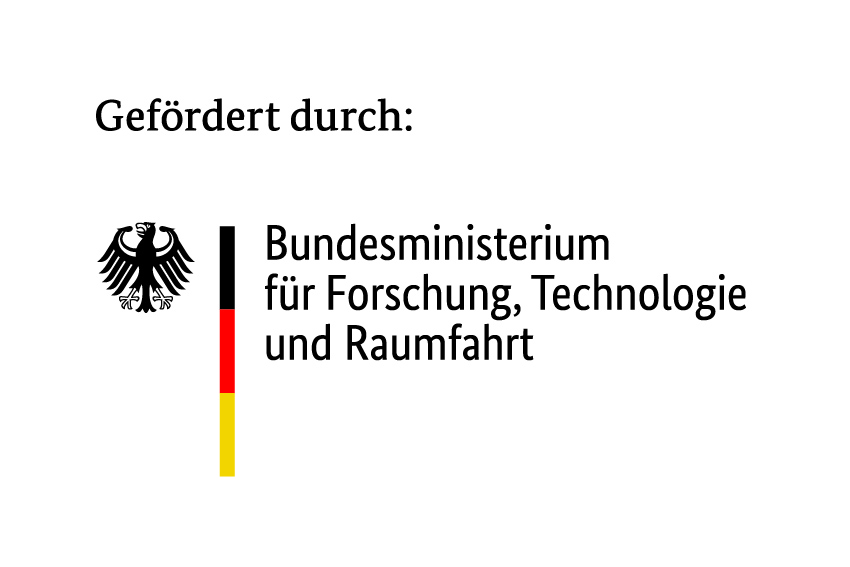Crossing P1 - DFG
The goal of Project P1 (external link, opens in a new window) “Future Public-Key Encryption and Signature Schemes” within the DFG CRC CROSSING (external link, opens in a new window) is the development of cryptographic primitives that can withstand quantum attackers. The focus of our research group lies in the security of said primitives. This encompasses quantum security reductions as well as analyzing the resistance with respect to side-channel and fault attacks. Furthermore, we are involved in the cryptanalysis of both isogeny and lattice problems to estimate their hardness which, combined with a security reduction, allows to derive concrete parameters.
The project is in the third and final phase which started in July 2022 and lasts for 4 years.
Contact person: Jan Brinkmann

6G-RIC - BMFTR
In the 6G Research and Innovation Cluster (6G-RIC), we develop new technologies for the next wireless communication generation (6G). Security is one of the main research topics: cryptographic schemes that are secure against quantum computers must be included in the 6G-architecture. In Regensburg, we are going to adapt, include and analyze lattice-based schemes, notably against side-channel attacks. The 6G-RIC project is funded by the BMFTR. It was initiated in summer 2021 and is going to end in summer 2025.
Contact person: Michael Meyer

Quant ID - BMFTR
The project Quant-ID (external link, opens in a new window) aims at the development of reliable digital and quantum-secure identities and the quantum-resistant authorization of users in an IAM architecture (Identity Access Management). To this end, currently used network protocols will be modified, such that quantum random number generators and post-quantum cryptography ensure quantum resistance. The project is funded by BMFTR, began in September 2022, and is expected to end in August 2025.
Contact person: Maximiliane Weishäupl

CROWD - DFG
The goal of the project CROWD is to study skew metrics and their potential cryptographic applications. These metrics generalise the so-called rank metric which has important applications in the fields of algebraic coding theory, in cryptography, data storage, and network coding. It incorporates French and German researchers with the common objective to develop post-quantum cryptography based on skew codes and skew metrics. The project is funded by the DFG (together with the ANR), began in March 2023, and is expected to end in February 2026.
Contact person: Thomas Aulbach

QUORYPTAN - BMFTR
The BMFTR-funded project QUROYPTAN is a follow-up project on Aquorypt (see former projects). As with Aquorypt, the focus of QUORYPTAN is to bring post-quantum cryptography into use. While in Aquorypt the problems considered have been more foundational, this project aims towards two specific real-world applications. The project develops targeted cryptographic solutions that are analyzed with respect to theoretic and physical security. We develop agile migration paradigms to enable modular adaptation when cryptographic protocols become vulnerable to newly developed attacks. The project started in March 2024 and is planned to end in February 2027.
Contact person: Harrison Banda

QUDIS - BMFTR
In the project QUDIS (external link, opens in a new window) (Quantum Secure Digital Rail) we research how post-quantum cryptography (PQC) can be integrated into Deutsche Bahn's security architectures. As the rail network is modernised to digital interlockings, the communication within the rail network also needs to be renewed in order to provide protection against quantum attacks in the future.
Specifically, our research group is working on the selection and implementation of PQC techniques for the german railway network.
The BMFTR-funded project started in early July 2024 and should be completed by the end of June 2027.
Contact person: Stеfan Windеrl

SEQUIN - BMFTR
The SEQUIN (external link, opens in a new window) research project aims at developping new security proofs/models (or improving existing ones) for Continuous Variable Quantum Key Distribution (CV-QKD), in a context where Europe develops industry ready standards for QKD (external link, opens in a new window).
In particular, the project aim at developping countermeasures against side channel attacks. That is, attacks leveraging discrepancies between theoretical models and practical implementations in order to behave in an unexpected way with respect to the security proof.
The project started mid-october 2024 and is planned to run until end 2027.
Contact person: Antoine Gansel

